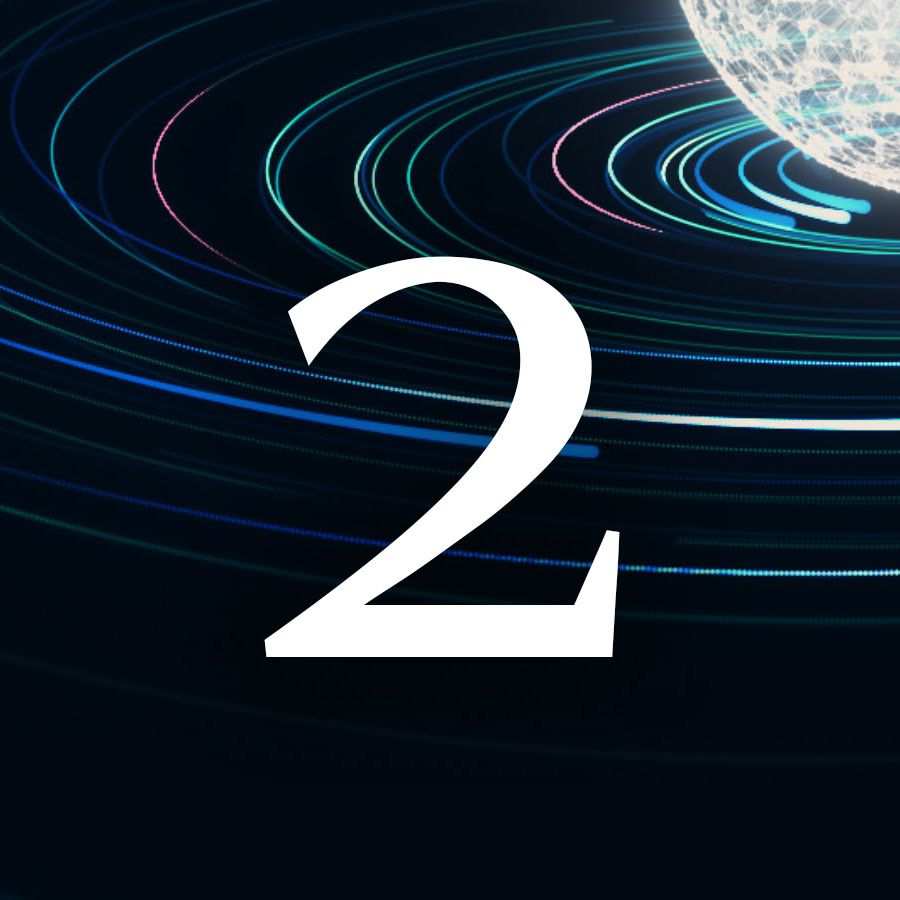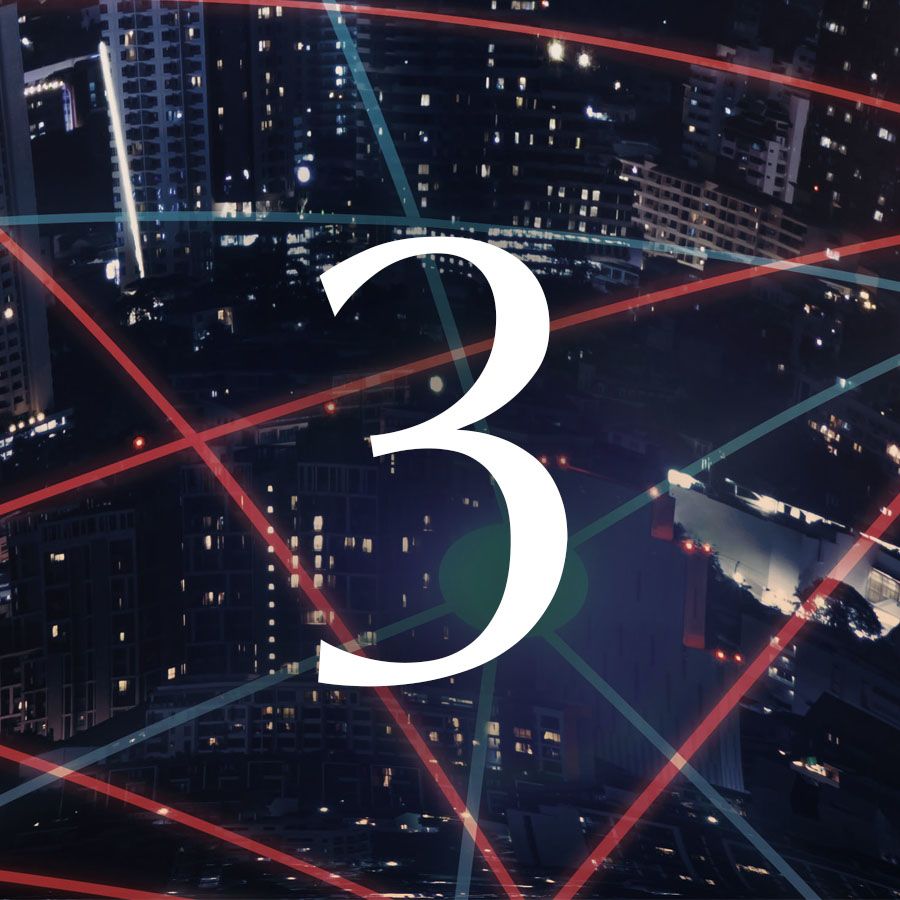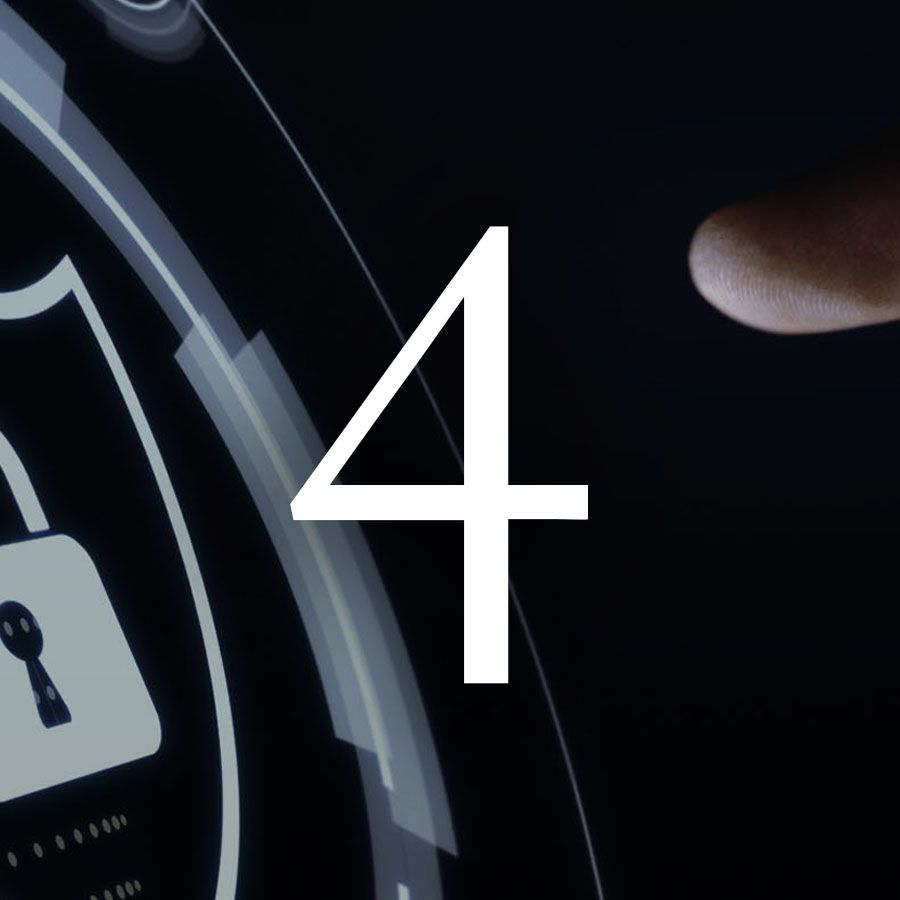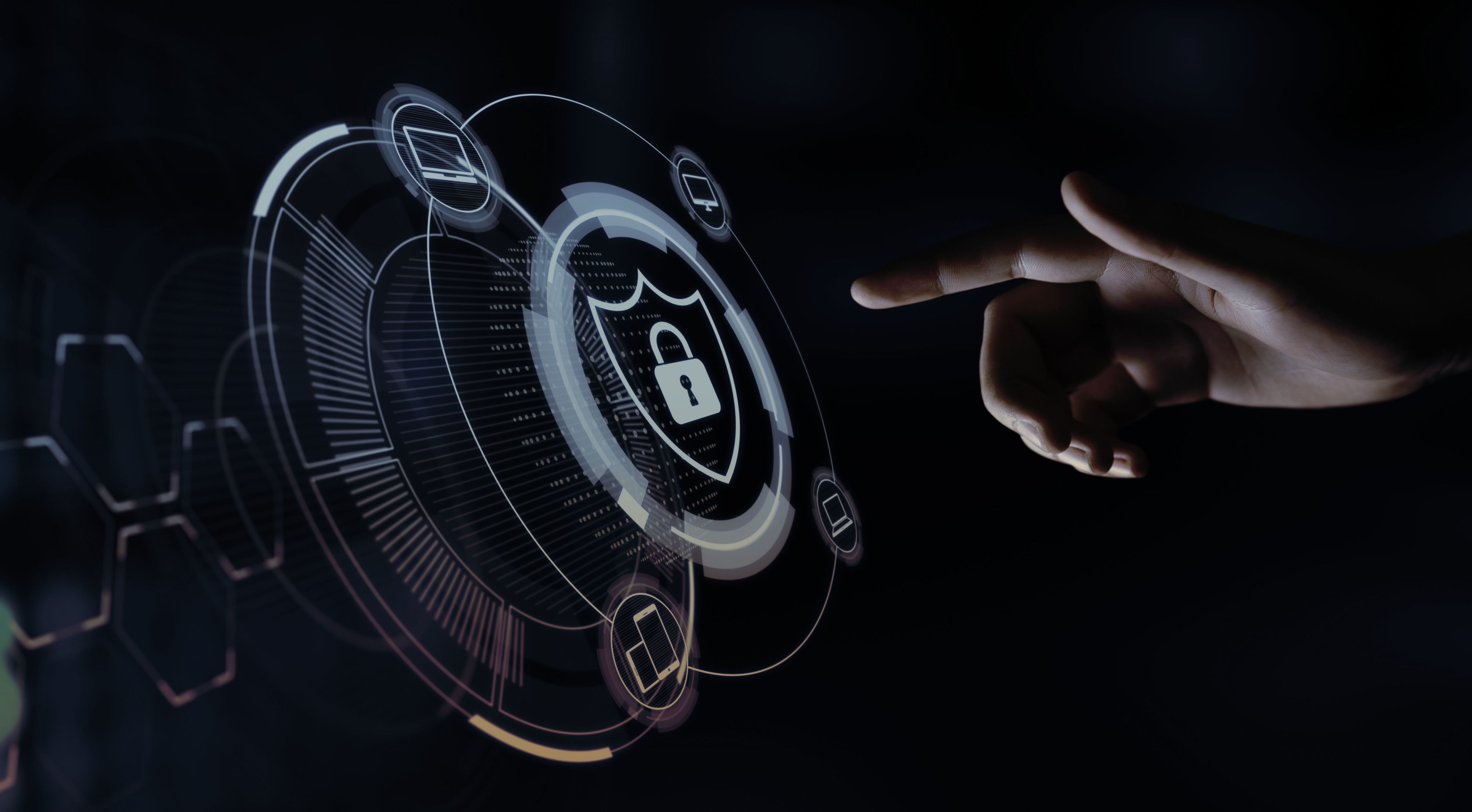Unlocking Public Sector Efficiencies Through Payments Modernization

The drive towards payments modernization is being shaped by key trends, including rising demand for flexible, inclusive, and transparent payment methods and the emergence of new technologies.
Payments modernization has an impact across the value chain of the payments infrastructure, driving the need for comprehensive ‘front-to-back’ strategies for modernization.
Government agencies have an opportunity to modernize their payment systems, driving greater efficiencies while tackling ongoing priorities including improper payments and combating fraud.
Payment modernization has become a central focus for private and public institutions as they adapt to evolving customer expectations, digital transformation, and global standards. It is a multi-faceted journey that encompasses updating and improving systems, processes and technologies involved in managing payments.
When we consider payments modernization, certain tools and technologies are at the forefront, such as digital payments, real-time payments, digital wallets, advanced analytics, and cloud infrastructure. When adapted into comprehensive strategies, these technologies have the potential to enhance the speed, security, and efficiency of the overall payment experience.
We have previously explored1 the topic of modernization without compromising payment integrity in the Public Sector. As we look towards 2026, executive orders, technological advancements, and pressure to reduce waste in the spotlight, U.S. federal agencies face both opportunities and challenges.

Context and Challenges
Modernizing public sector payments is not just about speed, it is about precision, accountability, and trust. As federal government agencies strive to improve payment delivery, addressing improper payments becomes a critical pillar of efficiency. Preventing funds from going to the wrong place, person, or channel is as important as getting them there faster.
The scale and complexity of improper payments present a persistent challenge, but not all sources of error have the same antidote or approach to addressing them. Improper payments can stem from a wide range of issues from fraudulent behavior to documentation errors or eligibility mismatch. For example, although Medicare and Medicaid accounted for over $100 billion in improper payments in 2023 (representing 43% of all reported improper payments), much of that stems from clinical or eligibility-based decisions beyond the scope of payment infrastructure2. With that said, we can identify quick wins on this journey, for instance, increased payment validation can facilitate a reduction in transactional risks, as underlying benefit eligibility errors require more dialogue, time, and partnerships across agencies with data sharing as an enabler.
The goals and challenges highlighted above do not operate in a vacuum. Any enterprise’s ability to implement a payments modernization requires navigating legacy systems, siloed operations, and a patchwork of policy frameworks. Many agencies rely on a core foundation that includes citizen or beneficiary data, eligibility parameters, account validation protocols, and existing disbursement workflows, all of which vary in maturity and adaptability.
Anchored in our observations across multiple sectors, this article sets out a framework that supports modernization and efficiency initiatives in the public sector.
Before delving into the details, we showcase how the modernization toolkit has evolved.

Today’s modernization toolkit looks different from five years ago
Cloud computing & Modern application architectures
While cloud platforms provide scalability, resilience, and secure infrastructure for hosting and managing government payment systems, it is the adoption of modern application architectures such as microservices and APIs that truly enables interoperability, real-time data exchange, and advanced analytics
Robotic Process Automation (RPA)
By automating repetitive administrative tasks, RPA can free up staff, increase productivity and reduce processing errors
Artificial Intelligence (AI) and Machine Learning (ML)
AI and ML have advanced significantly and have the potential to provide agencies with enhanced decision-making capabilities and improved service delivery through predictive analytics and fraud detection
Integrated payments & wallets
Rise of integrated and embedded payments solutions, offering end-users digital payment resources and ‘universal’ wallets
Real-Time payments and distributed ledgers
Payment rails are evolving by speed and architecture, allowing new opportunities to transmit value and validate information
Digital identity
Through a combination of biometrics, identity verification platforms and secure authentication, digital identity can be established and made more portable and secure
Taken together, these tools and technologies can form a bedrock of modernization strategies that are aligned to agency missions
A proposed framework for modernization and efficiency
Modernize core & legacy systems
- Modernization initiatives can be directed towards data quality and integration issues, using decoupled architectures, APIs, data models, and automation tools like RPA and ML for efficiency.
- Pre-integrated models with ERP or TMS can simplify deployment, reduce technical debt, and enhance data quality for financial oversight.
Achieve operational excellence
- Agencies can reduce inefficiencies with workflow optimization and predictive analytics, but success requires readiness and leadership. RPA can save time, but true impact needs process re-engineering for scalable automation.
- High-performing agencies can focus on outcome-based KPIs, data quality, and continuous improvement. Identifying inefficiencies, using advanced analytics, and fostering a culture of improvement can lead to excellence.
Accelerate payments digitization
- The federal government processes over $5 trillion annually, with many checks still issued4,5. Agencies are piloting real-time payments and digital wallets to cut delays, fraud, and costs in line with modernization efforts.
- Digitization will help boost speed, options, and reduce complexity with interoperable platforms like ISO 20022. Agencies may use orchestration layers for flexibility and cost-efficiency, as electronic payments are much cheaper than checks.
Embed an infrastructure of trust & safety
- Agencies are securing public payment systems with zero-trust architecture, multi-factor authentication, and machine learning to mitigate fraud and service disruption risks7.
- Trust can be enhanced through digital identity verification, account validation, and AI fraud detection, focusing on proactive measures like upstream payee validation and cross-agency data sharing.
1. Modernize core & legacy systems
The challenge: Legacy IT infrastructure and outdated data flows limit responsiveness. Agencies that invest in modern architectures, whether on cloud or hybrid and enable real-time integration through APIs and shared data standards (e.g., ISO 20022) can improve agility and reduce technical debt. While the need for modernization is clear, agencies require budget, resources and a pathway for smooth execution. To gain leadership attention and secure sign-off and budget, agencies should clearly demonstrate the benefits of modernization, such as reduced technical debt and improved data quality for financial oversight. Engaging leadership with clear, data-driven insights and successful case studies can help overcome resistance and secure support.
Broader implications: Modern architectures support alignment across agencies, unlock automation potential, and enable integrated auditability. However, these benefits depend not only on where systems are hosted, but how well underlying data models are structured and governed.
How to get started:
Modernization efforts often begin with understanding systemic constraints-especially those affecting data quality, integration, and digital service readiness. Agencies increasingly find value in decoupled architectures and API-driven integration, but these gains are only realized when paired with robust data models and governance. Data analytics plays a central role in delivering operational insights, while automation tools like RPA and ML can streamline tasks such as reconciliation, reporting, and validation. Ultimately, infrastructure decisions should be shaped by scale, security, and mission fit and not trend adoption.
Agencies aiming to modernize may benefit from exploring pre-integrated models that align with their Enterprise Resource Planning (ERP) or Treasury Management System (TMS) architecture. These models can reduce configuration complexity and accelerate deployment timelines. Such efforts often contribute to reducing legacy-related technical debt and improving data quality for financial oversight.
2. Achieve operational excellence
The challenge: Operational inefficiencies may persist where agencies face constraints in workflow visibility or data integration. These inefficiencies and manual interventions slow response times and obscure performance outcomes. Workflow optimization and predictive analytics can reduce this burden, but success depends on organizational readiness and leadership alignment.
Federal agencies have begun to demonstrate the operational value of Robotic Process Automation (RPA), with the GSA, USDA, and OPM collectively reporting3 thousands of staff hours saved by automating high-volume, repetitive tasks. However, these early wins underscore a broader insight, which is sustainable impact requires more than automating existing workflows, it demands process re-engineering. By first evaluating and redesigning outdated procedures, agencies can ensure that automation is applied to scalable and optimized processes. This shift can enable not just time savings, but more strategic gains, thereby reallocating capacity toward higher-value services and enabling better-informed, data-driven decision making.
Broader implications: Shifting toward outcome-based KPIs, improving data quality, and embedding a culture of continuous learning and process refinement are key differentiators in high-performing agencies.
How to get started:
Improving operations often hinges on identifying recurring inefficiencies that dilute staff capacity or slow citizen service. Advanced analytics is another emerging lever. When applied to internal operations, it helps agencies gain a clearer view of performance gaps, service bottlenecks, or workload imbalances. Operational excellence is also sustained where there is an embedded culture of improvement, one that rewards transparency, encourages feedback loops, and invests in upskilling.
3. Accelerate payments digitization
The challenge: The federal government processes over $5 trillion4 of payments annually, with 36 million checks5 issued in 2024. Despite progress in adopting electronic payments, check disbursements are still prevalent. Agencies piloting real-time payments, push-to-card, and digital wallets are helping to reduce payment delays, fraud, and administrative costs as a response to the recent executive order on modernizing payments.
Broader implications: Digitization is not just about speed, it’s about increasing optionality for citizens and reducing back-office complexity through interoperable platforms, orchestration layers, and metadata-rich payment rails like ISO 20022.
How to get started:
Agencies should explore how technologies can enhance flexibility in handling Agencies evaluating their payment infrastructure may consider how orchestration layers and gateways can introduce flexibility in supporting multiple disbursement types, while also reducing operational friction. The Federal Reserve’s ISO 20022 adoption has further enabled payment enrichment and improved reconciliation, with additional benefits for transparency and auditability.
Insights from the U.S. Treasury’s Bureau of the Fiscal Service suggest that digitization is not only a modernization effort but a cost-efficiency one, since electronic payments can cost up to four times less than paper checks6.
4. Embed an infrastructure of trust & safety
The challenge: The visibility of public payments systems amplifies the reputational risk of fraud and service disruption. Leading agencies are now incorporating zero-trust architecture, multi-factor authentication, and machine learning-driven fraud detection into their operations.
Broader implications: Tools such as identity verification services, secure digital credentials, and proactive account validation upstream (at the point of payment initiation) improve confidence in the system while helping to reduce error rates and rework.
How to get started:
Maintaining trust in disbursement systems increasingly relies on proactive and layered safeguards. Government agencies are exploring a combination of account validation and AI-enabled fraud detection to reinforce system integrity without compromising usability7.
Rather than retroactive investigations, a more upstream approach like validating payee information before payment is showing promise in reducing improper payments. Agencies could explore the advantages of using collective data, which involves cross-agency sharing to detect anomalies. This collaborative approach allows agencies to pool their resources and insights, creating a more comprehensive and effective system for identifying irregularities. This will increase the response rate to spot patterns and trends that may indicate potential issues, leading to more timely and accurate interventions. Agencies have also leveraged government-wide solutions like the Do Not Pay portal, with commercial tools8 often playing a complementary role.
Recent policy developments on payment modernization, fraud prevention, and efficiency mandates, underscore a growing recognition that the effectiveness of federal financial operations has far-reaching implications. From citizen trust to fiscal stewardship, the stakes are high.
Modernizing legacy systems, improving operational workflows, expanding digital payments, and strengthening safeguards are not merely technical upgrades. They represent foundational shifts in how agencies deliver on their missions. While each agency will approach this journey from a different starting point, many face similar challenges: fragmented systems, resource constraints, evolving threats, and rising expectations for transparency and service. Increasingly, agencies are exploring approaches like “straggler fit” cloud migration; prioritizing applications that are easy to modernize while staging more complex legacy systems for specialized transformation paths.
Yet none of this is possible without the right talent and skills in place. As digital demands evolve, agencies must also modernize their workforce through hiring, upskilling, and working alongside. A coordinated talent strategy is essential to build and sustain the technical and operational capacity required for transformation.
Looking ahead, continued collaboration across agencies, financial institutions, systems integrators, technology partners, and policymakers will be key to sustaining momentum. A shared commitment to practical innovation, cross-sector partnerships, and mission-focused modernization can help ensure that the transformation of federal financial systems delivers not just compliance, but meaningful public value.
Notes: 1JPMorgan’s Public Sector’s Guide to Treasury Transformation; 2GAO FY 2023 report on Medicare and Medicaid; 3The State of Federal RPA; 4Fiscal Service data for FY 2023; Fiscal Service data on payments; 5Government checks processed by the Federal Reserve in 2024; 6Fiscal Service Makes Progress to Reduce Paper Checks 7US Treasury announces fraud detection efforts; 8Fighting fraud in the public sector
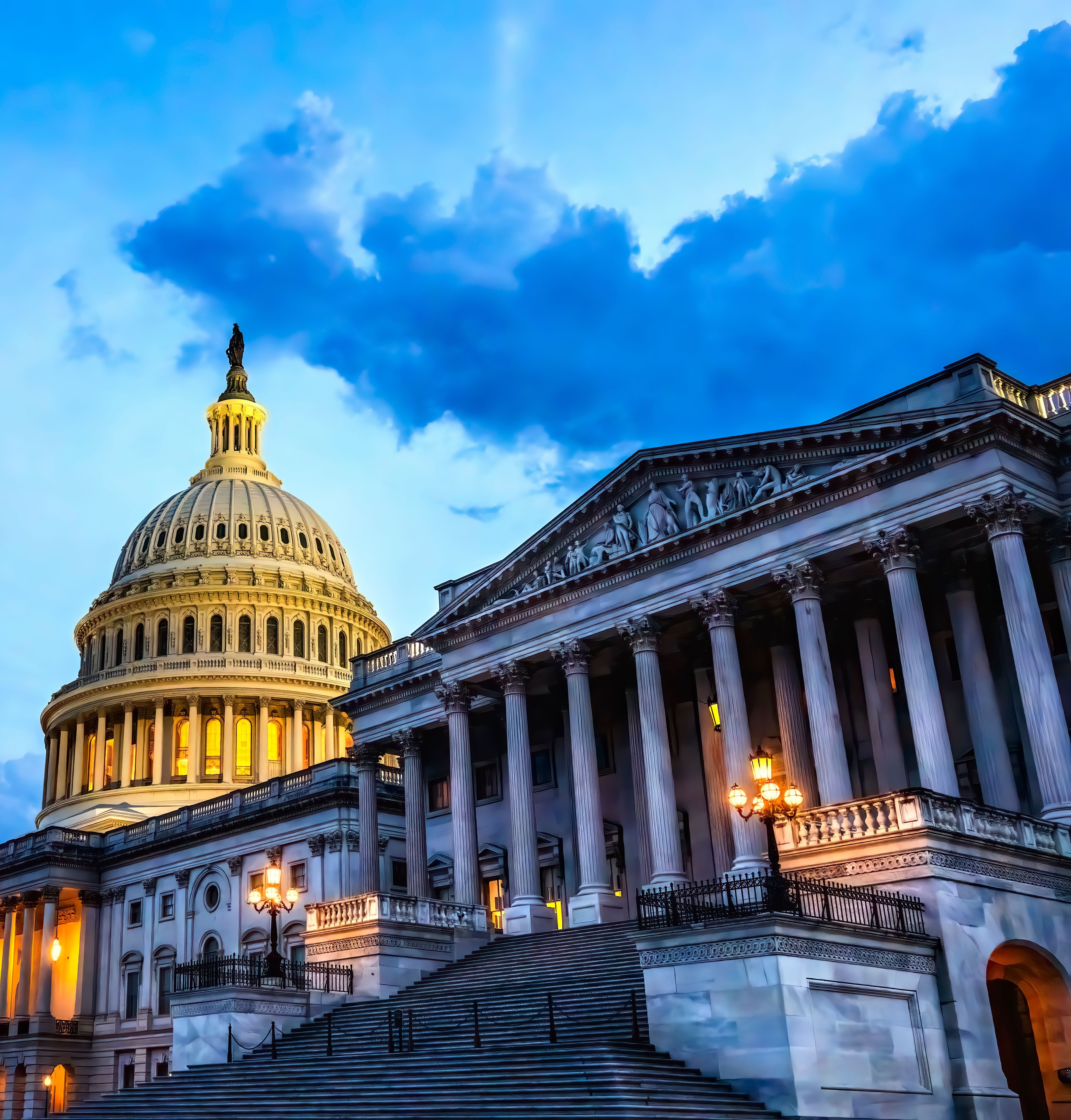
J.P. Morgan, as a long-standing partner to federal and public sector clients, remains committed to supporting this evolution. With our experience in secure disbursements, post-payment reconciliation, fraud detection, account validation, and digital infrastructure modernization, the firm welcomes the opportunity to explore how these capabilities can be aligned with agency goals. Connect with us and we’ll help you find the best path forward for your agency.

Contributors







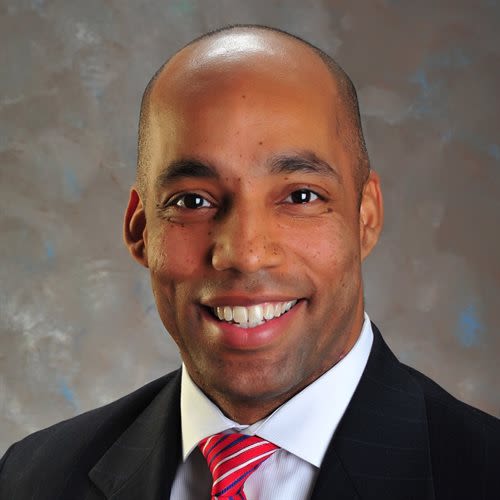
J.P. Morgan, JPMorganChase, Chase, Chase Merchant Services, and Chase Payment Solutions are marketing names for certain businesses of JPMorganChase and its subsidiaries worldwide (collectively, “JPMorganChase”). Products or services may be marketed and/or provided by commercial banks such as JPMorgan Chase Bank, N.A., securities or other non-banking affiliates or other JPMorganChase entities. JPMorganChase contact persons may be employees or officers of any of the foregoing entities and the terms “J.P. Morgan”, “JPMorganChase”, “Chase”, “Chase Merchant Services” and “Chase Payment Solutions” if and as used herein include as applicable all such employees or officers and/or entities irrespective of marketing name(s) used. Nothing in this material is a solicitation by JPMorganChase of any product or service which would be unlawful under applicable laws or regulations.
In preparing this material, we have relied upon and assumed, without independent verification, the accuracy and completeness of all information available from public sources or which was provided to us or which was otherwise reviewed by us. This material is for discussion purposes only and is incomplete without reference to any other applicable briefings provided by JPMorganChase. Neither this material nor any of its contents may be disclosed or used for any other purpose without the prior written consent of JPMorganChase.
This material is not intended to provide legal, tax, investment, accounting, financial, business, real estate, technology or other advice, and should not be used for or relied upon for these purposes. The views, opinions, estimates and strategies expressed in this material are those of the respective individual contributors, authors or speakers, and may differ from those of JPMorganChase, or its employees and affiliates. Any market and/or economic commentary in this material in no way constitutes JPMorganChase research and should not be treated as such. Further, the views expressed in this content may differ from those contained in JPMorganChase research reports. The content in this material has been obtained from sources deemed to be reliable, but JPMorganChase makes no representation or warranty as to its accuracy or completeness. In no event shall JPMorganChase nor any of its directors, officers, employees or agents be liable for any use of, for any decision made or action taken in reliance upon, or for any inaccuracies or errors in or omissions from, this material.
The information in this document may be based upon management forecasts supplied to us and reflects prevailing conditions and our views as of this date, all of which are accordingly subject to change. JPMorganChase’s opinions and estimates constitute J.P. Morgan’s judgment and should be regarded as indicative, preliminary and for illustrative purposes only.
Not all products and services are available in all geographic areas. Eligibility for particular products and services is subject to final determination by JPMorganChase and or its affiliates. This material does not constitute a commitment by any JPMorganChase entity to extend or arrange credit or to provide any other products or services and JPMorganChase reserves the right to withdraw at any time. All products and services are subject to applicable laws, regulations, and applicable approvals and notifications.
Any mentions of third-party trademarks, brand names, products and services are for referential purposes only and any mention thereof is not meant to imply any sponsorship, endorsement, or affiliation.
Notwithstanding anything to the contrary, the statements in this material are not intended to be legally binding. Any products, services, terms or other matters described herein (other than in respect of confidentiality) are subject to, and superseded by, the terms of separate legally binding documentation and/or are subject to change without notice.
JPMorgan Chase Bank, N.A. Member FDIC. Deposits held in non-U.S. branches are not FDIC insured. Non-deposit products are not FDIC insured.
JPMorgan Chase Bank, N.A., organized under the laws of U.S.A. with limited liability.
© 2025 JPMorgan Chase & Co. All Rights Reserved.

